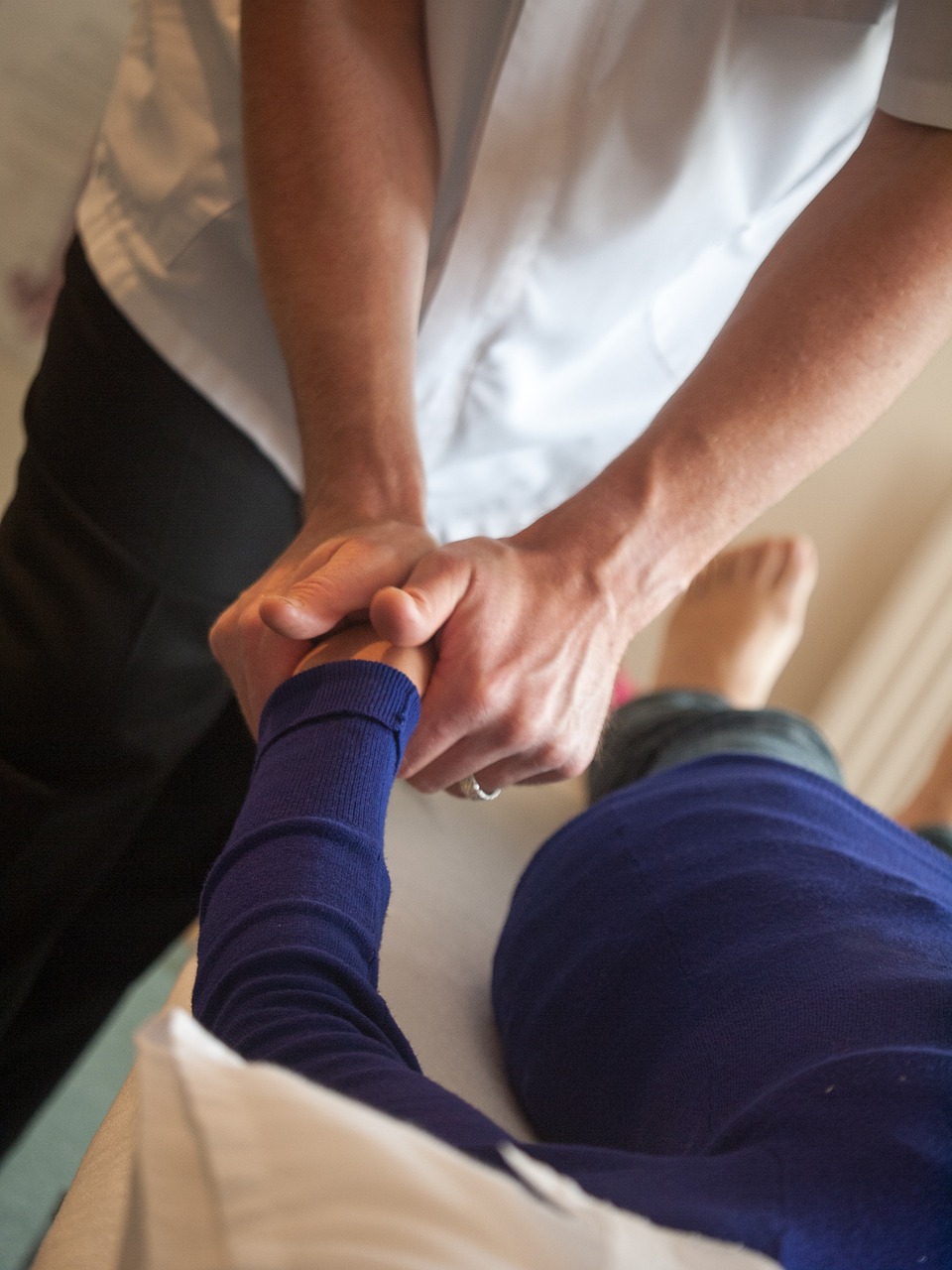Leg strength and running: it’s a relationship often misunderstood, yet integral to success. Many assume that running itself builds all the strength your legs could ever need. After all, logging mile after mile should automatically translate into powerful legs, right? Well, not quite. While running does improve endurance and cardiovascular health, it has its limits when it comes to strength development. For runners aiming for long-term health, enhanced performance, and injury prevention, leg strength training is not just beneficial—it’s essential.
The Myth of Strong Legs from Running
Running primarily enhances muscular endurance, not brute strength. Your legs become strong enough to meet the basic demands of your body weight during your runs, but once that threshold is reached, progress plateaus. This lack of continued strength development can lead to muscular imbalances, reduced efficiency, and increased risk of running injuries . To keep progressing as a runner and to truly unlock your potential, your legs need additional support—literally and figuratively.
Think of your muscles as the scaffolding supporting your skeleton. Without adequate strength, the structure becomes less stable, less efficient, and more prone to wear and tear. Strength training addresses these gaps, fortifying the foundation and allowing you to run faster, farther, and with less discomfort.
The Case for Leg Strength Training
Incorporating strength training into your routine doesn’t just build muscle—it transforms your entire running experience. Strengthened leg muscles stabilize your hips, correct imbalances, and improve your biomechanics. The result? A smoother, more efficient stride that feels almost effortless. And yes, you might even experience the elusive “runner’s high” more frequently as your body becomes more adept at handling the demands of running.
Here’s a critical takeaway: strong legs reduce the energy expenditure of each stride. This means that not only will you feel less fatigued during your runs, but you’ll also recover faster. In the long term, this added resilience translates to fewer injuries and a prolonged running career.
A well-structured strength training program for runners doesn’t have to be complicated. Focus on exercises that target the major muscle groups in the lower body while promoting balance and stability. Here are some guidelines to get started:
Start with Squats
Squats are the cornerstone of any effective leg-strengthening program. They engage multiple muscle groups, including the quads, hamstrings, glutes, and calves, while also enhancing core stability. Proper form is crucial: keep your chest lifted, knees aligned with your toes, and lower your body as if sitting into a chair. Aim for 2–3 sets of 10–12 repetitions, using a weight that challenges you but doesn’t compromise your form.
Running is essentially a series of single-leg movements, so it makes sense to train your legs independently. Single-leg squats, step-ups, and lunges are excellent choices. These exercises improve balance, correct imbalances, and enhance the stability of your hips and knees, reducing the risk of common running injuries like IT band syndrome or shin splints.
Don’t Forget the Leg Press
The leg press is a controlled way to build strength in the quads, hamstrings, and glutes. It’s particularly useful for beginners who might not yet have the stability for free-weight exercises. Keep the movement slow and controlled, and avoid locking your knees at the top of the press to protect your joints.
Progression and Recovery
As with running, progression is key to strength training. Gradually increase the weight you lift every three weeks to ensure continuous improvement. After three weeks of progressive overload, take one week to focus on active recovery with lighter activities like yoga, swimming, or walking. This allows your muscles to repair and grow stronger without overtraining.
Consistency is crucial, but so is listening to your body. Soreness is normal, but sharp or persistent pain is not. If you experience discomfort beyond typical muscle fatigue, consult a professional to adjust your program or evaluate your form.
One of the most common fears among runners, particularly women, is the idea of “bulking up” through strength training. Let’s dispel that myth: running is an energy-intensive activity, and it significantly reduces the likelihood of gaining excessive muscle mass. For most runners, strength training enhances lean muscle tone and improves performance without adding unwanted bulk.
On the flip side, neglecting strength training can lead to persistent aches, slower recovery times, and a higher risk of overuse injuries. The small time investment in the gym pays dividends on the track, trail, or treadmill.
Real Results in Real Time
When you commit to a strength training routine, the results are tangible and often surprisingly fast. Within 4–6 weeks, you’ll notice improvements in your running efficiency, reduced joint pain, and increased overall energy. Many runners report feeling lighter and more agile, with a renewed sense of joy in their runs.
Beyond the physical benefits, strength training fosters a greater connection to your body. As you learn to engage specific muscles and refine your form, you’ll develop a deeper understanding of how your body moves—and how to make it move better.
Leg strength is the secret weapon every runner needs. Whether you’re training for your first 5K or chasing a marathon PR, incorporating strength exercises into your routine will elevate your performance and protect your body for years to come. Remember, running isn’t just about putting one foot in front of the other—it’s about building a body that’s strong, resilient, and ready to tackle any challenge.
So lace up your sneakers, grab a pair of dumbbells, and start building the foundation for your best runs yet. Happy running!
Holly Perkins holds a B.S. in Exercise Physiology and Nutrition from Pennsylvania State University. As a personal trainer for over 10 years, Holly has worked with professional and recreational athletes, celebrities, and individuals seeking overall health and fitness improvement. Holly can be contacted at Healthy2007@ca.rr.com.
Holly Perkins holds a B.S. in Exercise Physiology and Nutrition from Pennsylvania State University. As a personal trainer for over 10 years, Holly has worked with professional and recreational athletes, celebrities, sports injuries, weight loss and general health programs in New York and Los Angeles. Holly can be contacted at Healthy2007@ca.rr.com.













